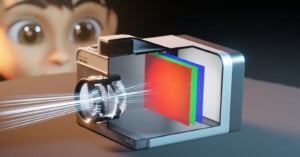
Guy Creates Working Virtual ‘Film’ Camera Inside 3D Software Program
Marco Purich, known as sirrandalot on YouTube, created a realistic virtual camera inside Blender using the software's "Cycles" path tracing.

Marco Purich, known as sirrandalot on YouTube, created a realistic virtual camera inside Blender using the software's "Cycles" path tracing.
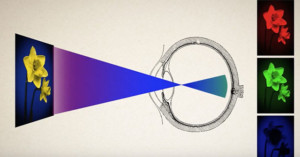
For some photographers, no term strikes more fear into one’s heart than "Color Spaces." The idea that different devices, along with our eyes, perceive light differently can seem confusing. Anyone that has gone to print one of their photographs probably knows that it can take some know-how to ensure your images are correctly represented on paper.
If you're new to the world of color theory, photographer Forrest Tanaka wants to help: in the 13-minute video above, he explains color spaces in an easy-to-understand way.
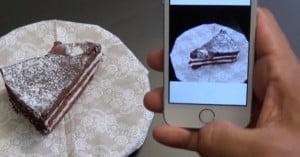
Dacuda, a company known for its camera-related applications, is getting ready to release 3DAround, an intuitive 360-degree interactive photo capturing app.
Designed with simplicity in mind, 3DAround uses a clever interface to help direct you as to how to capture objects with minimal ‘scanning’ of your smartphone’s camera.

This photo isn't actually a photo. From the furniture to the beautiful light falling on the countertops and wood floors, what you're looking at is a CGI rendering that has replaced 75% of the 'photos' in the IKEA catalogs the college kids, divorced men and NYC residents in your life have lying around.

Back in March, we shared about how realistic computer generated images has been encroaching on the commercial product photography industry and killing photography jobs. More and more of the product photos you see in advertisements and press releases these days did not involve an actual camera and photographer at all, but rather artist, a computer, and 3D rendering software.
For example, the Nikon D60 product "photo" seen above was created entirely in Keyshot, a powerful 3D rendering program.
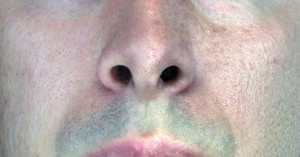
One half of the face above is a photograph, and the other half is a highly detailed computer generated rendering created using a program called KeyShot by Luxion. Can you tell which is which? If you can't tell, why should we? (Okay, to be honest, we're not sure either).
Joseph Flaherty over at Wired writes that KeyShot and other programs that can generate photorealistic renders are being widely used for product photos these days, and are quickly killing off jobs that were once held by photographers.
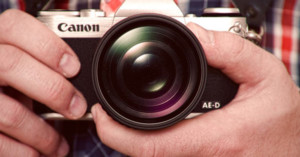
Olympus recently rebooted its OM line of film SLRs with the OM-D mirrorless camera, and many photographers are hoping that Canon will follow suit with one of its film bodies. Industrial designer and photographer David Riesenberg is among them, and recently decided turn what he wants to see into a concept drawing.
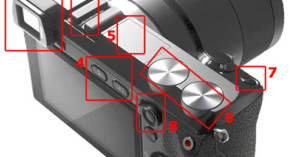
sonyalpharumors published the above image today showing what appears to be a pre-production …